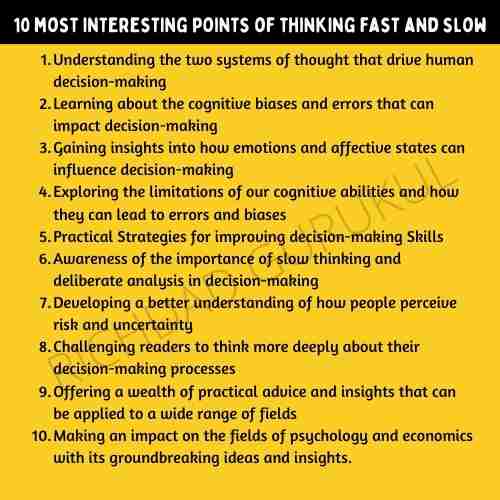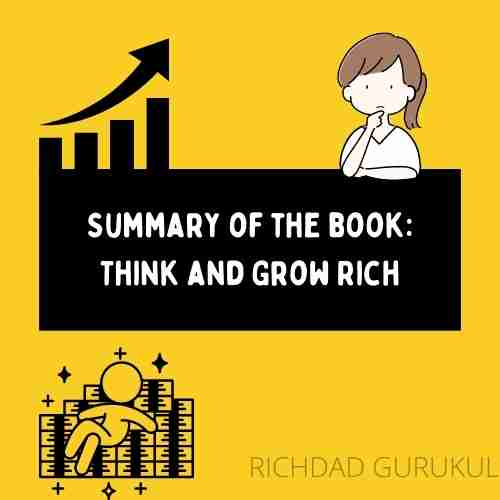Think and Grow Rich

A timeless work on personal development, Napoleon Hill’s “Think and Grow Rich” has served as a source of motivation for tens of millions of readers all over the world. This book, which was first published in 1937, draws on the experiences and guidance of a number of the wealthiest and most successful persons of the time period, including Henry Ford, Andrew Carnegie, and Thomas Edison, amongst others. The thesis of the book is that anyone can attain success and wealth if they have the appropriate mindset and are willing to do the necessary activities to make it happen for them.
Hill starts off by presenting the idea of a “mastermind group,” which is a collection of individuals who work together to encourage and support one another in the pursuit of their particular objectives and ambitions. He emphasizes the significance of surrounding oneself with people who have similar goals to one’s own and who are able to offer support and direction on the path to achieving those goals.
After that, Hill lays out what he calls the “philosophy of achievement,” which is a set of thirteen guiding principles for reaching one’s goals and becoming successful. These concepts include cultivating an insatiable drive, having a clear purpose, and acting in a decisive manner in order to move closer to one’s objectives. Hill also stresses the significance of tenacity, faith, and maintaining a positive mental attitude as key components in the achievement of one’s goals.
One of the most important things that can be learned from reading this book is how important it is to visualize one’s objectives and dreams. Hill suggests that the mind is a powerful weapon that can be utilized to attract success and money into one’s life and that this can be accomplished by focusing on what one wants and visualizing it. Individuals can construct a “mental blueprint” for success by visualizing their desired results and maintaining a good attitude. This allows them to begin taking the necessary measures to make their success a reality, which is the first step toward achieving their goals.
The power of decision-making is yet another significant idea that is discussed in the book. Hill contends that successful people are those who are able to make judgments without hesitating and without second-guessing themselves, as opposed to those who do both of these things. Readers are encouraged to cultivate the practice of making snap decisions and sticking to them, regardless of the challenges or setbacks they face along the route, as this is one of the habits that he advocates developing.
Throughout the course of the book, Hill presents a number of instances and anecdotes of people who have used these principles and gone on to achieve a great deal of success. In addition to this, he stresses the significance of gaining wisdom from mistakes and viewing obstacles as chances for personal development and advancement.

In conclusion, the GTD system is a powerful tool for anyone looking to improve their productivity and manage their tasks and commitments more effectively. By capturing all of your tasks, clarifying what they mean, organizing them into manageable chunks, reviewing them regularly, and executing on them efficiently, you can achieve more in less time, while reducing stress and improving your overall quality of life. With the right tools, resources, and mindset, anyone can implement the GTD system and reap its many benefits.
You may like to read (Book summary)
You may like to read (Tips and Techniques)
- Building Resilience and Grit in the Face of Adversity.
-
Finding a balance between creativity and structure to achieve success.
-
Overcoming limiting beliefs and self-sabotage on the path to success.
-
The role of education and continuous learning in achieving success.
-
Developing financial literacy and management skills for success.
-
Strategies for effective self-promotion and marketing for success.

